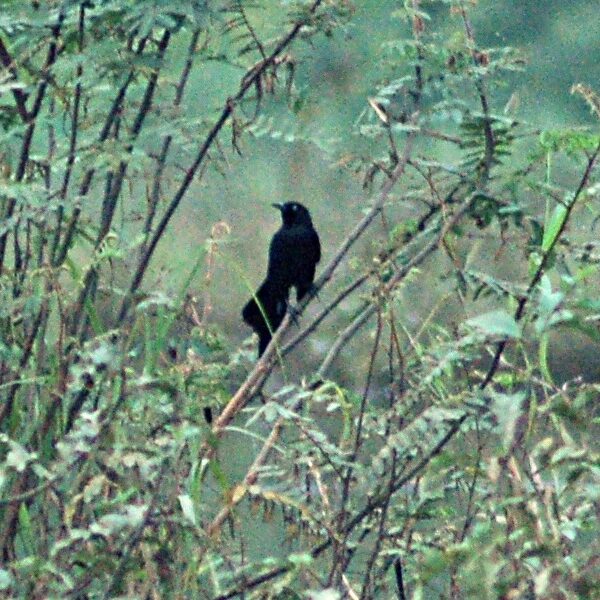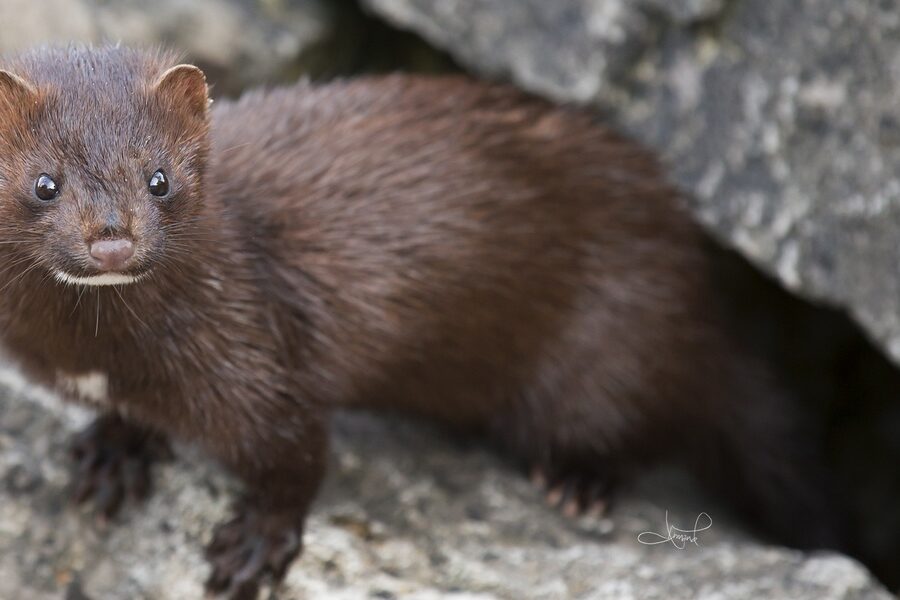Chicago’s lakes, rivers and green spaces shape daily life in the city, but they also provide entry points for non-native plants and animals. Those species can alter habitats, interfere with recreation and complicate management of urban natural areas.
There are 41 Invasive Species in Chicago, ranging from Alewife to Zebra Mussel. For each species, the list shows Scientific name,Category,Where found (habitat/Chicago) so you can quickly see identification, type and local occurrence — all of which you’ll find below.
How do these invasive species typically arrive and spread in Chicago?
They arrive via multiple pathways: ballast water and commercial shipping, connected canals and waterways, aquarium or garden releases, bait bucket transfers, and accidental transport on boats or gear. Spread is often human-assisted, so simple actions like cleaning boats and equipment, disposing of bait and plants properly, and avoiding releases to the wild make a big difference.
What should residents watch for around Lake Michigan and urban ponds?
Prioritize reporting and avoiding common aquatic invaders such as zebra/quagga mussels, round goby and nonnative plants like Phragmites; for trees, watch for pests like emerald ash borer. If you see unusual fish, shellfish clusters, or aggressive plant growth, photograph the sighting, note location, and notify local conservation or park authorities.
Invasive Species in Chicago
| Name | Scientific name | Category | Where found (habitat/Chicago) |
|---|---|---|---|
| Garlic Mustard | Alliaria petiolata | Plant | Forest preserves, shady yards, disturbed soils |
| Common Buckthorn | Rhamnus cathartica | Plant | Forests, parks, fencerows, yards city-wide |
| Emerald Ash Borer | Agrilus planipennis | Insect | On ash trees throughout Chicago neighborhoods |
| Spotted Lanternfly | Lycorma delicatula | Insect | Tree of Heaven, grapevines, maples; recently detected |
| Common Carp | Cyprinus carpio | Fish | Chicago River, park lagoons, Lake Michigan harbors |
| Zebra Mussel | Dreissena polymorpha | Mollusk | Lake Michigan, Chicago River; attached to hard surfaces |
| Quagga Mussel | Dreissena rostriformis bugensis | Mollusk | Lake Michigan, deeper waters than Zebra Mussels |
| Round Goby | Neogobius melanostomus | Fish | Lake Michigan, Chicago River and canal system |
| Tree of Heaven | Ailanthus altissima | Plant | Alleys, railroad tracks, vacant lots, disturbed areas |
| Japanese Knotweed | Reynoutria japonica | Plant | Riverbanks, roadsides, neglected gardens |
| Purple Loosestrife | Lythrum salicaria | Plant | Wetlands, marshes, riverbanks, Lincoln Park North Pond |
| Phragmites (Common Reed) | Phragmites australis (non-native) | Plant | Wetlands, roadsides, marshes along Lake Michigan |
| European Starling | Sturnus vulgaris | Bird | Ubiquitous in all urban and suburban areas |
| House Sparrow | Passer domesticus | Bird | City centers, parks, residential areas; near buildings |
| Rock Pigeon | Columba livia | Bird | Downtown, bridges, ledges, parks city-wide |
| Norway Rat | Rattus norvegicus | Mammal | Alleys, sewers, basements, anywhere with food/shelter |
| Japanese Beetle | Popillia japonica | Insect | Gardens, parks, on roses, lindens, and 300+ plants |
| Asian Carp (Bighead/Silver) | Hypophthalmichthys spp. | Fish | Chicago Sanitary and Ship Canal, Illinois River system |
| Glossy Buckthorn | Frangula alnus | Plant | Wetlands, fens, forest preserves, moist soils |
| Canada Thistle | Cirsium arvense | Plant | Fields, parks, gardens, disturbed soil |
| Cut-Leaved Teasel | Dipsacus laciniatus | Plant | Roadsides, open fields, prairie restorations |
| Oriental Bittersweet | Celastrus orbiculatus | Plant | Forest edges, parks, climbing on trees and shrubs |
| Japanese Honeysuckle | Lonicera japonica | Plant | Forests, open woods, fencerows, yards |
| Multiflora Rose | Rosa multiflora | Plant | Forest preserves, open fields, roadsides |
| Dame’s Rocket | Hesperis matronalis | Plant | Woodlands, roadsides, moist soil; looks like phlox |
| Reed Canary Grass | Phalaris arundinacea | Plant | Wetlands, ditches, stream banks |
| Siberian Elm | Ulmus pumila | Plant | Vacant lots, parkways, alleys, harsh urban sites |
| White Mulberry | Morus alba | Plant | Parks, forest edges, residential areas |
| Norway Maple | Acer platanoides | Plant | Parks, yards, forest understories |
| Creeping Bellflower | Campanula rapunculoides | Plant | Gardens, lawns, alleys, disturbed ground |
| Jumping Worms | Amynthas spp. | Invertebrate | Gardens, parks, forest preserve soil and mulch |
| Chinese Mystery Snail | Cipangopaludina chinensis | Mollusk | Park lagoons, slow-moving rivers and canals |
| Goldfish | Carassius auratus | Fish | Park lagoons, isolated ponds |
| Mute Swan | Cygnus olor | Bird | Park lagoons, marinas, Lake Michigan shoreline |
| Viburnum Leaf Beetle | Pyrrhalta viburni | Insect | Gardens and parks on viburnum shrubs |
| Spongy Moth | Lymantria dispar | Insect | Forest preserves, parks, on oak and other hardwood trees |
| Alewife | Alosa pseudoharengus | Fish | Lake Michigan |
| House Mouse | Mus musculus | Mammal | In and around buildings and homes city-wide |
| Japanese Barberry | Berberis thunbergii | Plant | Forest understories, parks; escaped from gardens |
| Winged Euonymus (Burning Bush) | Euonymus alatus | Plant | Forest preserves, woodlands; escaped from landscaping |
| Weather Loach (Dojo Loach) | Misgurnus anguillicaudatus | Fish | Chicago River and canal system, ponds |
Images and Descriptions

Garlic Mustard
Early spring biennial with heart-shaped leaves smelling of garlic when crushed. It forms dense stands, outcompeting native wildflowers. Pull before it sets seed and bag for disposal to prevent its spread.

Common Buckthorn
A tall shrub or small tree with dark bark and small, sharp thorns. Its dense shade and chemical-releasing roots prevent native plants from growing. Berries cause a severe laxative effect in birds, spreading seeds widely.
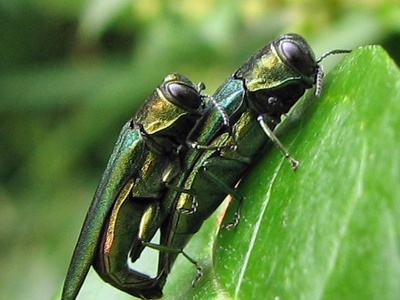
Emerald Ash Borer
A small, metallic green beetle whose larvae burrow under ash tree bark, killing the tree within years. Caused the death of millions of Chicago’s ash trees. Look for D-shaped exit holes on bark.
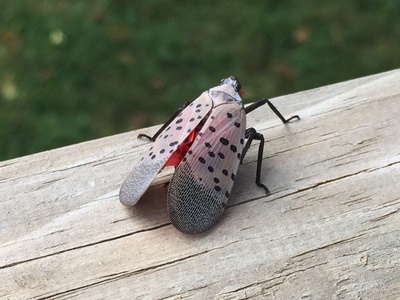
Spotted Lanternfly
A large, visually striking planthopper with spotted forewings and red hindwings. A major threat to agriculture and trees. If seen, kill it immediately and report the sighting to the Illinois Dept. of Agriculture.

Common Carp
Large, golden-brown bottom-feeding fish with whisker-like barbels. They degrade water quality by uprooting aquatic plants and stirring up sediment, which harms native fish populations and habitats.

Zebra Mussel
Small, D-shaped striped shellfish that form dense, sharp-edged colonies. They clog water intake pipes and disrupt the aquatic food web by filter-feeding on plankton. Always clean, drain, and dry your boat.

Quagga Mussel
Similar to Zebra Mussels but with a more rounded, fan-shaped shell. Have largely outcompeted Zebra Mussels in Lake Michigan, dramatically altering the lake’s ecosystem by filtering vast amounts of water.

Round Goby
A small, aggressive bottom-dwelling fish with a large head and a single, suction-cup-like pelvic fin. It outcompetes native fish for food and habitat and eats the eggs of sport fish like bass and lake trout.

Tree of Heaven
A fast-growing tree with smooth, pale bark and large, compound leaves that smell like rancid peanut butter when crushed. It grows aggressively, damages pavement, and is the preferred host for the Spotted Lanternfly.
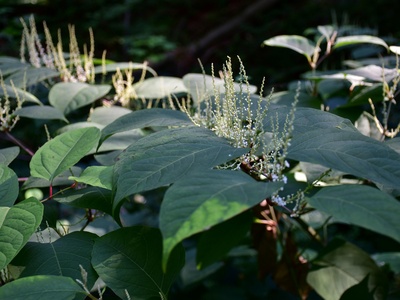
Japanese Knotweed
A bamboo-like perennial that grows in dense thickets up to 10 feet tall. Its powerful roots can break through pavement and foundations. Extremely difficult to remove; professional control is often needed.
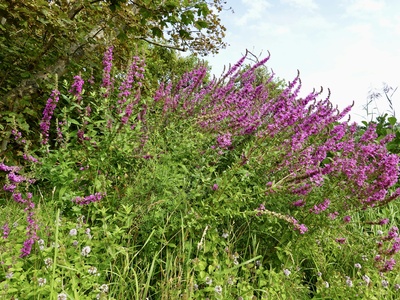
Purple Loosestrife
A tall wetland plant with a square stem and beautiful but destructive spikes of purple flowers. It forms dense monocultures that choke out native wetland vegetation, offering little value to local wildlife.
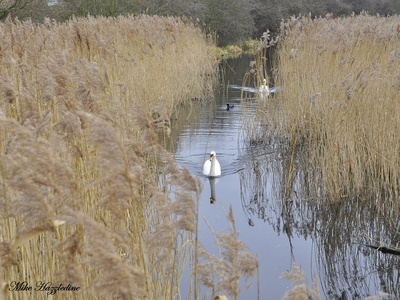
Phragmites (Common Reed)
A very tall, dense grass that can reach 15 feet. The invasive variety creates massive, dense stands that crowd out all other plants, altering wetland hydrology and reducing habitat for native birds and amphibians.
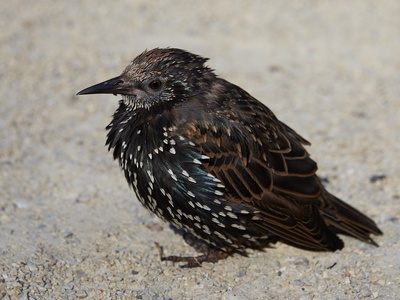
European Starling
A stocky, iridescent black bird that forms large, noisy flocks. They aggressively outcompete native birds like bluebirds and woodpeckers for nesting cavities and can cause significant damage to agricultural crops.
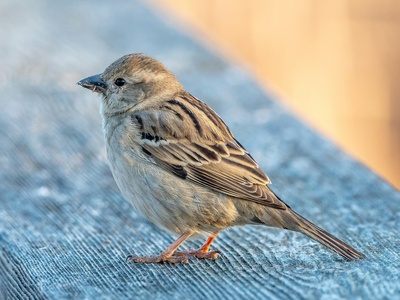
House Sparrow
A small, brown, noisy bird often found near human habitation. Like starlings, they are aggressive cavity nesters, often evicting or killing native birds to take over their nests and nest boxes.
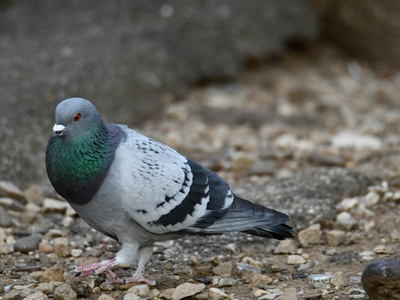
Rock Pigeon
The common city pigeon, found in large flocks. Their droppings can damage buildings and statues and may pose a health risk. They thrive in urban environments, relying on human food sources and structures for nesting.

Norway Rat
The common city rat. A highly adaptable rodent that can spread disease, contaminate food, and damage property by gnawing through structures and wires. Proper sanitation is key to controlling their populations.

Japanese Beetle
A metallic green beetle with copper-colored wings. Adults skeletonize the leaves of hundreds of plant species, while their grub stage damages lawns by feeding on grass roots. Often found in large groups.
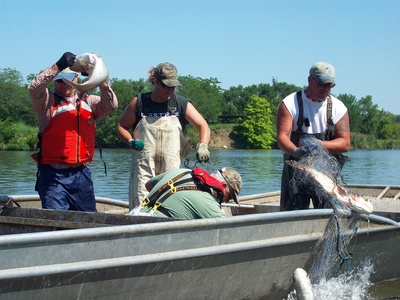
Asian Carp (Bighead/Silver)
Two species of large, filter-feeding fish that are a major threat to the Great Lakes. They consume vast amounts of plankton, disrupting the food web. Silver carp are known for leaping from the water when startled.
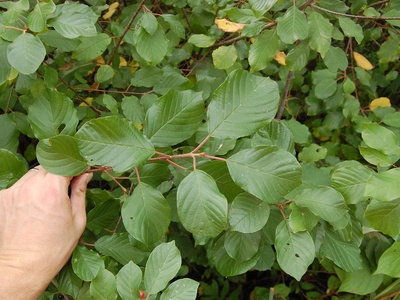
Glossy Buckthorn
A tall shrub similar to Common Buckthorn but lacks thorns and has glossy, smooth-edged leaves. It thrives in wet habitats, invading sensitive ecosystems and crowding out specialized native plants.

Canada Thistle
A persistent perennial weed with spiny leaves and small purple flowers. Despite its name, it’s native to Europe. It spreads aggressively through a deep root system, making it very difficult to control by pulling.
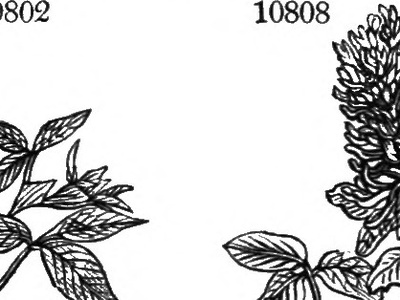
Cut-Leaved Teasel
A tall, spiny biennial with a distinctive cone-like flower head. It produces thousands of seeds and forms dense stands that displace native prairie plants, reducing biodiversity in natural areas.
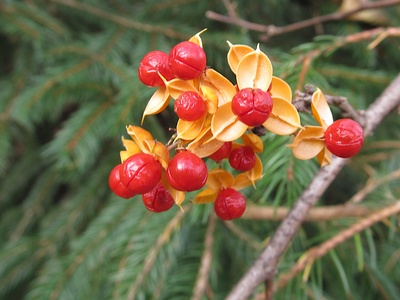
Oriental Bittersweet
A woody, twining vine that kills trees and shrubs by girdling their trunks and blocking sunlight with its dense foliage. Identifiable by its round leaves and yellow-cased red berries in the fall.
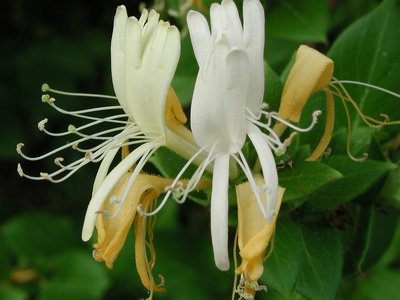
Japanese Honeysuckle
A rampant, sweet-smelling vine that smothers native vegetation on the ground and in the canopy. It has opposite, oval leaves and fragrant, white-to-yellow flowers. It can form dense “mats” that shade out everything beneath it.
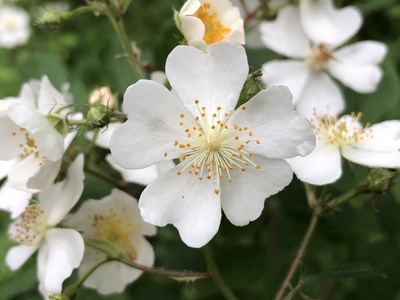
Multiflora Rose
A thorny, sprawling shrub that forms impenetrable thickets. It has clusters of small white flowers in spring and small red hips in fall. It displaces native vegetation and can be painful to walk through.
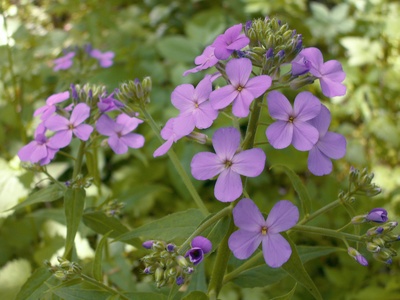
Dame’s Rocket
A biennial that produces clusters of fragrant purple or white four-petaled flowers, often mistaken for native phlox (which has five petals). It readily escapes gardens and invades natural areas.
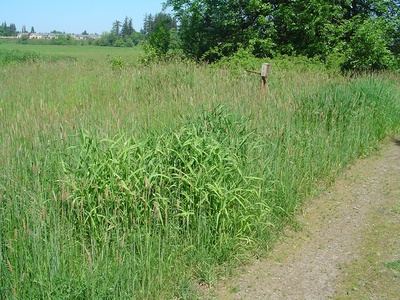
Reed Canary Grass
An aggressive perennial grass that dominates wetlands, forming dense, single-species stands. It provides poor habitat and food for wildlife and is very difficult to eradicate once established in an area.
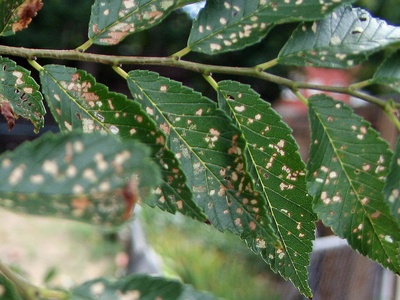
Siberian Elm
A fast-growing, brittle tree that can withstand poor urban conditions. It produces huge quantities of seeds, outcompetes native trees, and its weak branches are prone to breaking in storms.
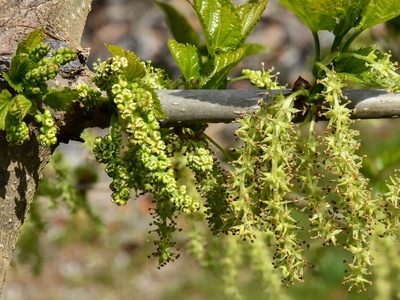
White Mulberry
Originally imported for the silk industry. It hybridizes with the native Red Mulberry, threatening its genetic integrity. Its prolific fruit production leads to widespread dispersal by birds.
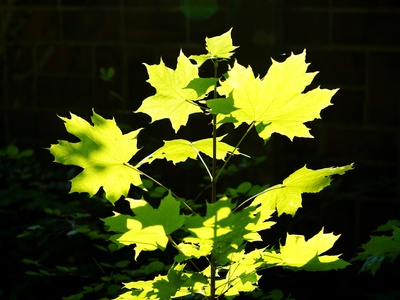
Norway Maple
A common landscape tree that escapes into natural areas. Its dense canopy casts deep shade, preventing native wildflowers and tree seedlings from growing underneath. Its milky sap is a key ID feature.
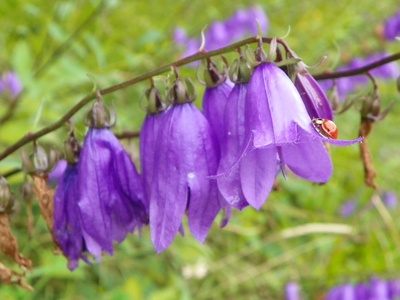
Creeping Bellflower
A pretty but highly invasive perennial with purple, bell-shaped flowers on a tall spike. It spreads aggressively via a tuberous root system that makes it incredibly difficult to remove by hand.
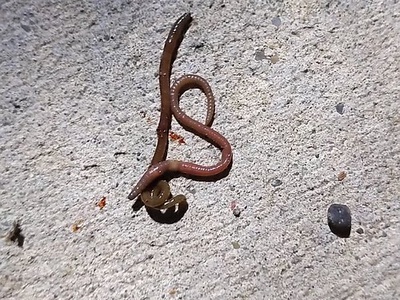
Jumping Worms
Highly active, smooth earthworms that thrash wildly when disturbed. They rapidly consume organic matter, destroying soil structure and leaving behind coffee ground-like castings that are poor for plant growth.
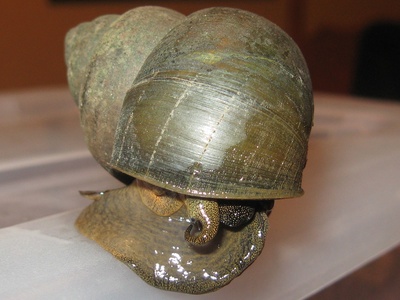
Chinese Mystery Snail
A large aquatic snail, much bigger than native snails. They can carry parasites and outcompete native snail populations for food. Their shells are often found along the shores of park ponds.

Goldfish
Released from home aquariums, these fish can survive and reproduce in local ponds. They degrade water quality by stirring up sediment and can introduce diseases to native aquatic life.
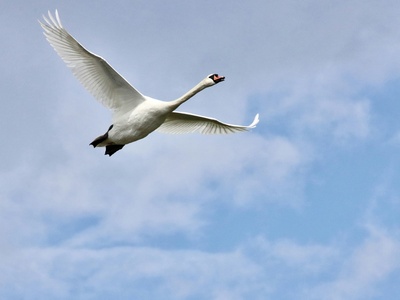
Mute Swan
A large, aggressive water bird with an S-shaped neck and orange bill. They overgraze aquatic vegetation and can aggressively drive away native waterfowl like ducks and geese from nesting and feeding areas.

Viburnum Leaf Beetle
A small beetle whose larvae and adults skeletonize the leaves of viburnum shrubs, a popular landscaping plant. Heavy infestations can kill the plant. Found on many ornamental viburnums.

Spongy Moth
Formerly Gypsy Moth. The hairy caterpillars are voracious eaters and can defoliate entire trees during outbreak years, weakening them and making them susceptible to other threats. Look for fuzzy, tan egg masses.

Alewife
A small, silvery herring that invaded the Great Lakes. Their populations periodically crash, leading to massive die-offs that litter Chicago’s beaches. They have significantly altered the lake’s food web.

House Mouse
A small rodent that lives in close association with humans. They contaminate food, can spread disease, and cause damage by gnawing. Found virtually everywhere there are people.
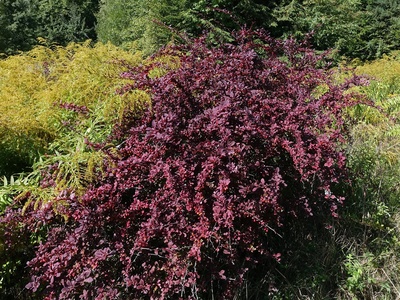
Japanese Barberry
A dense, spiny shrub with small, spoon-shaped leaves that turn red or purple in fall. It creates a humid microclimate that is ideal for ticks, increasing the risk of Lyme disease.

Winged Euonymus (Burning Bush)
A popular landscape shrub known for its brilliant red fall color and corky “wings” on its stems. It invades forests, creating dense thickets that shade out native plants.

Weather Loach (Dojo Loach)
An eel-like fish sometimes released from aquariums. It is a bottom-dweller that can tolerate poor water quality and may compete with native species. It can also survive out of water for periods.


